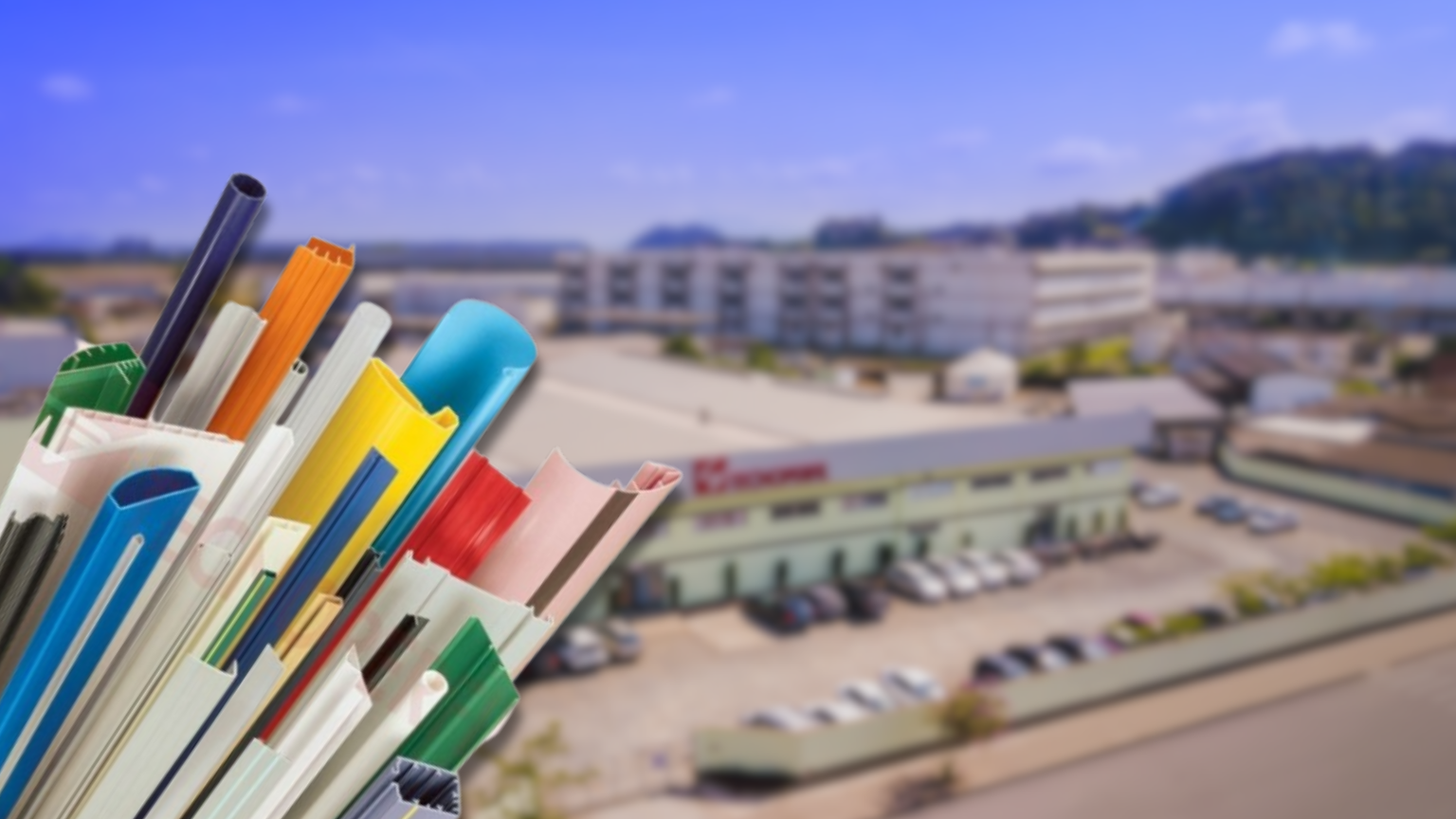What is it for?
One of the most widely produced synthetic polymers in the world, polyvinyl chloride (PVC) is used in countless areas for the most varied purposes.
They are great finishing options and are useful for creating edges on the corners of walls, doors, windows and stairs.
Due to their resistance, they are also used to protect against damage and impacts. Because it does not allow the proliferation of fungi and bacteria, PVC is often found in hospitals and clinics, as a wall protector, angle brackets, skirting boards, among others.
Polyvinyl chloride can also be used in industry as label holders, check-out profiles, etc.
It is also worth mentioning its application in DIY work, i.e. simple repairs or constructions such as the manufacture of chairs and benches and curtain supports.
Where are they used?
The three main areas in which PVC is used are: Construction, Industry and services and in Hydroponics.
In the building industry, PVC can be found in ceilings, wall protectors, protective sheeting, door seals, linear drains, skirting boards, etc.
In industry and services, it is commonly used in label holders, refrigeration profiles and check-out profiles.
In hydroponics, it is found in germination tables and accessories.
Advantages of PVC
PVC is highly resistant to the proliferation of fungi and bacteria, as well as to chemical products and the weather, such as sun, rain and climatic variations. In addition, polyvinyl chloride (PVC) does not yellow over time.
Resistance is one of PVC’s greatest advantages, but it has countless others:
- Versatility;
- Durability and low maintenance;
- Economy;
- Fire safety;
- Thermal and acoustic insulation;
- Sustainability;
- Lightweight.
Types of PVC
There are two types of PVC on the market: expanded and semi-rigid. Although both are made from the same raw material, their characteristics and uses are quite different.
Semi-rigid
Semi-rigid PVC is a mixture of rigid and flexible PVC. Its main characteristic is its thin thickness, which allows the material to be molded in a very detailed way.
This type of PVC can be made in different colors and with matte or glossy surface finishes. It is widely used in label holders, displays, price holders, exhibitors, forms and trays, among others.
Expanded
Expanded PVC has excellent resistance to impacts and scratches. As well as being lightweight and easy to handle, its sheets fit into a wide variety of projects.
They can be drilled, sanded, sawed, glued, screwed, riveted, planed and are also resistant to water and humidity.
It is widely used for product displays, visual communication signs, gifts, safety signs, ceilings, sealing doors and windows, etc.
Frequently asked questions
How many years does PVC last?
According to the Brazilian PVC Institute, the material has an average lifespan of 60 years. However, if properly cleaned and maintained, it can last up to 100 years.
The Tecnoperfil
Founded in 1994, Tecnoperfil Plásticos was born with the aim of bringing innovation and high quality in plastic profiles to the market, especially using PVC. With over 29 years’ experience, the company develops solutions for the construction industry, industry, services and hydroponic cultivation.
Our main products include wall protectors, Vinylshock handrails and knockers, angle brackets, finishing profiles for ceramic tiles, profiles for refrigeration, label holders, rails for electronic labels, check-out profiles and Hortivinyl hydroponics products. We also develop customized technical profiles according to the customer’s needs, drawing up profile projects for the most varied purposes.
Our Products:
To find out more about the high-quality PVC solutions produced by Tecnoperfil,
browse the product categories below:






